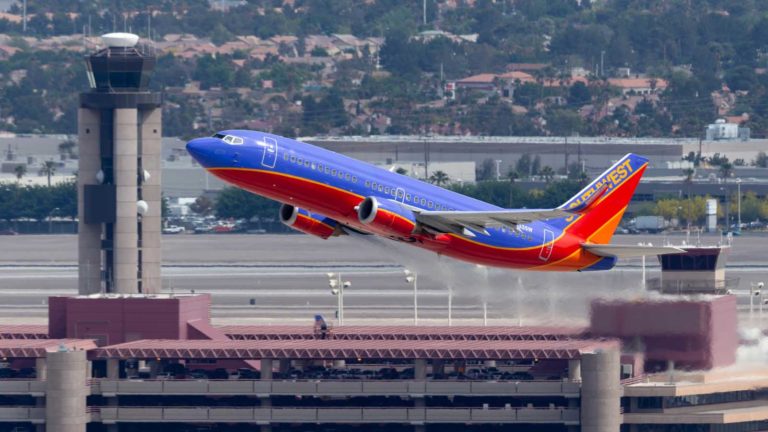Airline stocks are having a reasonably strong 2022. The industry, as measured by the US Global Jets ETF (NYSEARCA:JETS), is up 3.5% year-to-date. That’s well ahead of the stock market overall. There are some positive catalysts for the industry, such as further economic reopening and the recent lifting of the mask mandate while flying. Still, many observers might have expected airline stocks to be selling off given the massive increase in the price of crude oil, and by extension, jet fuel. How big of a threat is this actually though? I’ve gone through Southwest Airlines’ (NYSE:LUV) stock latest annual filing to shed some light on this question.
It’s important to note that historically LUV stock has had a lowering operating cost structure than legacy carriers such as
American Airlines (NYSE:AAL). So it has slightly more proportional exposure to jet fuel than some of its peers. Regardless, there should be some lessons that apply across the industry.
In the early 2010s, the price of crude oil was around $100 per barrel, roughly where we are today. At that time, Southwest paid $3.25, $3.32, and $3.19 per gallon of jet fuel on average in 2011, 2012, and 2013. Jet fuel made up between 35% and 38% of Southwest’s operating expenses all three years.
In 2014, the price of oil crashed. 2015-17 was the era of very low oil prices. Southwest paid less than $2 per gallon for jet fuel each of those three years, and its percent of operating costs spent on jet fuel plunged to just 23% each year. LUV stock earnings roughly tripled in the late 2010s, and lower fuel prices were a major driver of that. In 2020, thanks to the pandemic, the average price of jet fuel plunged to just $1.45 per gallon and Southwest saw just 14% of its operating costs go to jet fuel.
Oil prices have moved up sharply since then, however. In fourth-quarter of 2021, Southwest was paying $2.25 per gallon for jet fuel and it was back up to 22% of operating costs. Things are going much higher now though. Prices have topped $3 in many places, and reached as high as $7 at one point due to near-term shortages.
In Q4 of 2021, with jet fuel at $2.25 per gallon, Southwest spent a total of $1 billion on jet fuel. If prices settle at $3 per gallon — which might be slightly optimistic given just how much crude oil has rallied — this would increase Southwest’s quarterly fuel spend to roughly $1.4 billion, or another $1.6 billion annually in added fuel expense.
Prior to the pandemic, Southwest was a strongly profitable airline. It generated operating profits of $3.4 billion, $3.2 billion, and $3.0 billion in 2017, 2018, and 2019 respectively. Against that backdrop, current oil prices potentially might eat up something like a third to a half of Southwest’s normal levels of profitability.
It’s a significant blow to the business but not the end of the world. And, of course, this is just focused on the cost side. With demand for travel currently rebounding sharply, Southwest and other airlines may be able to raise prices meaningfully and offset these rising fuel charges.
On the date of publication, Ian Bezek did not have (either directly or indirectly) any positions in the securities mentioned in this article. The opinions expressed in this article are those of the writer, subject to the InvestorPlace.com Publishing Guidelines.

